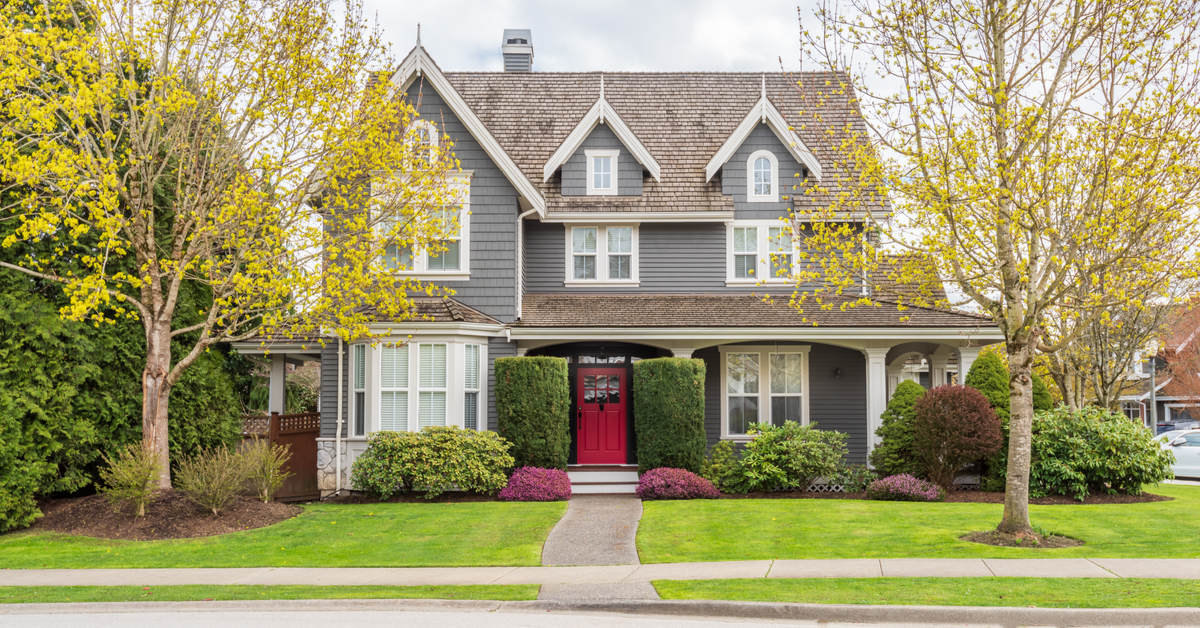The latest iteration of S&P CoreLogic Case-Shiller Indices affirmed that home prices remained strong to close 2020, growing 0.9% monthly and 10.4% annually in December.
December’s yearly increase is up from 9.5% in the previous month. Overall price growth continues to be stronger than price growth in metro areas, with the 10-City Composite sub-index growing 9.8% annually (up from 8.9% in November) and the 20-City Composite logging a 10.1% yearly increase (up from November’s 9.2%). Still, both sub-indices are surging, increasing at their fastest paces since early 2014.
Compared to their previous peaks (which both indices hit in 2006), the 10-City Composite is now 12% higher, while the 20-City Composite is now up 17%.
“Home prices finished 2020 with double-digit gains, as the National Composite Index rose by 10.4% compared to year-ago levels,” said Craig J. Lazzara, managing director and global head of index investment strategy at S&P DJI. “The trend of accelerating prices that began in June 2020 has now reached its seventh month and is also reflected in the 10- and 20-City Composites.”
Prices continue to be boosted by the diminishing inventory of for-sale homes, which averaged less than two months’ supply in 2020’s fourth quarter. CoreLogic’s Buyer/Seller Market Indicator, which gauges buy competition by measuring the ratio between sold price and list price, held a reading of 0.996 — the highest level since CoreLogic began tracking in 2008. At almost a 1:1 ratio, the Indicator suggests that sellers are generally getting full asking price, even during the typically “down” winter months. The Buyer/Seller Market Indicator usually follows housing market seasonality, but in a 2020 where the only certainty has been uncertainty, that definitely hasn’t been the case.
The market’s strength continues to be broadly-based, Lazzara added, with prices rising in 18 of the 19 cities for which we have index data was available. Eighteen cities gained more in the 12 months that ended in December than they gained in the 12 months ending in November. Data continues to be unavailable for Detroit due to COVID-19 related reporting delays.
Phoenix led all cities with 14.4% annual growth, marking the 19th consecutive month of topping all metros for Arizona’s capital. Seattle (up 13.6%) and San Diego (13.0%) closely followed, helping the West (10.8%) and Southwest (10.5%) lead all regions in price increases.
Lazzara also noted that December’s year-over-year growth, impressively, ranks within the top 10% of annual changes per month in more than three decades of S&P CoreLogic Case-Shiller data. The 10.4% gain is the largest increase in housing prices during a calendar year since 2013.
“These data are consistent with the view that COVID has encouraged potential buyers to move from urban apartments to suburban homes,” Lazzara said. “This may indicate a secular shift in housing demand, or may simply represent an acceleration of moves that would have taken place over the next several years anyway. Future data will be required to address that question.”






